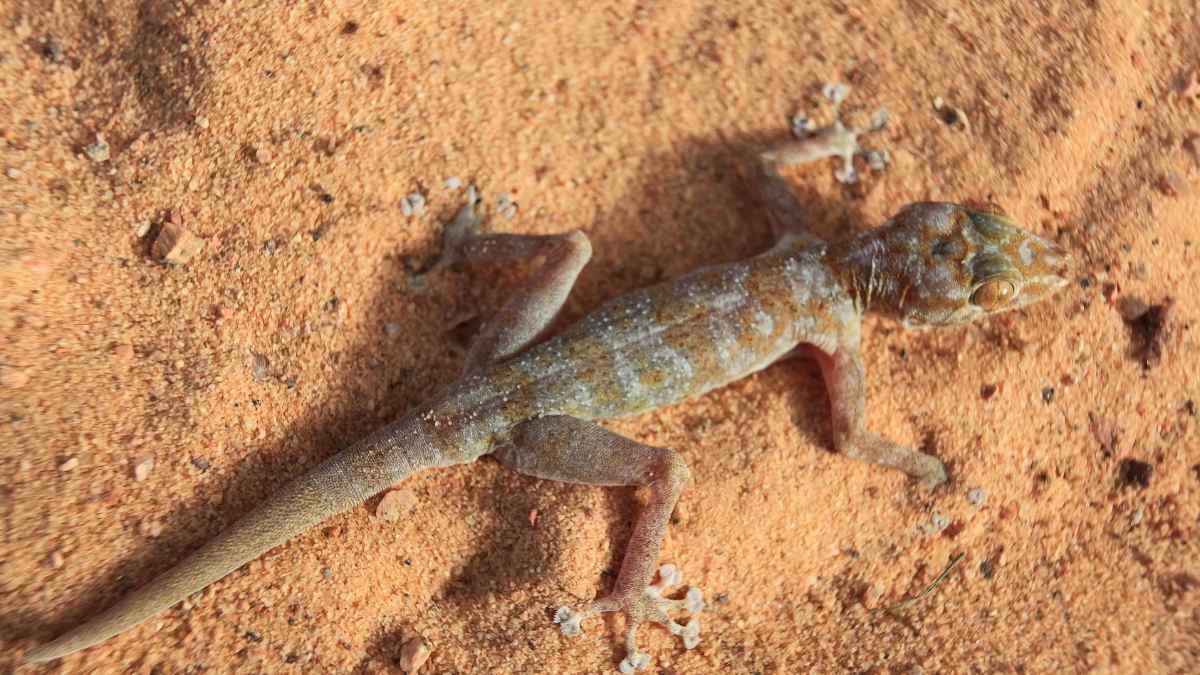Ah, the reptiles. These ancient creatures have crawled, slithered and basked in the sun for millions of years, surviving massive asteroid impacts, mammoth ice ages and the rise and fall of countless civilizations.
But what does the future hold for our scaly friends? Will they continue their slow but steady march through time or will they be, dare I say it, extinct? Well, let’s delve into the world of reptiles, and see what lies ahead.
First up, we have the crocodile. These beasts have survived for 200 million years, and I’m sure they’ll continue to do so. However, with shrinking habitats and an ever-growing human population, their numbers are dwindling.
Next, the snakes. As much as we may not be fans of them, they play a vital role in keeping our ecosystems balanced. Sadly, habitat loss, poaching and climate change may see many of these slithery friends in danger in the near future.
And let’s not forget the turtles. These slow-moving creatures have outlived the dinosaurs, but their slow speed may be their downfall. Many become entangled in fishing nets, and their habitats are under threat from pollution and development.
So what can we do to help these amazing creatures? Well, we can start by conserving their habitats and supporting programs that protect their populations. As much as we may not see them as charismatic megafauna, they are an integral part of our world, and we need to ensure they survive for generations to come.
The conservation challenges facing reptiles
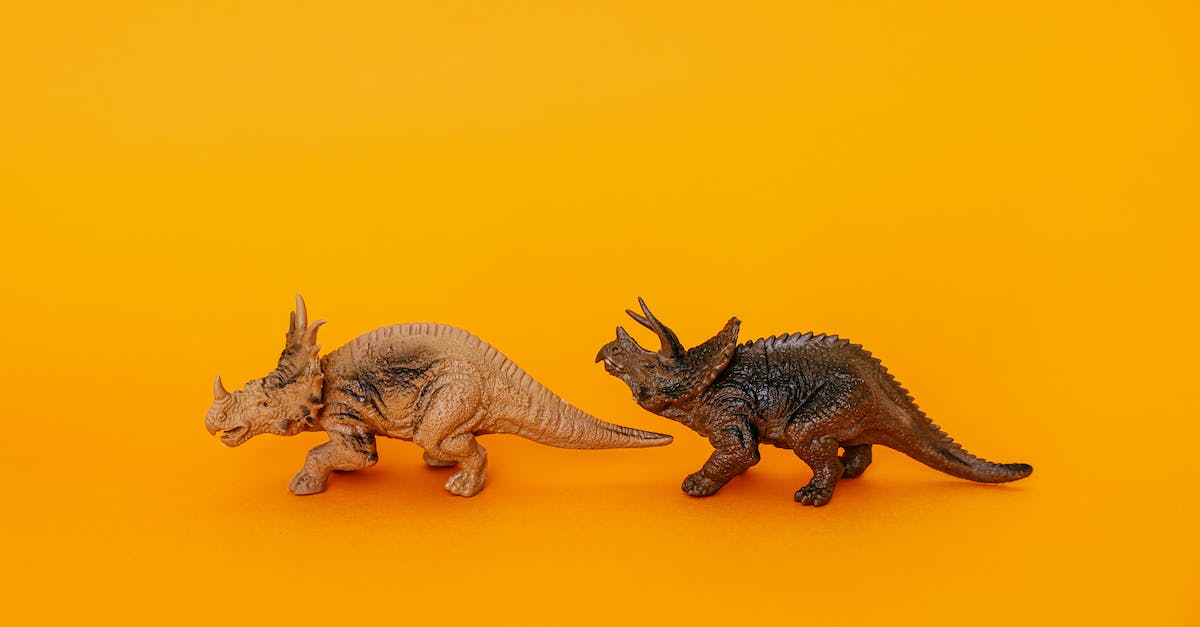
As we look towards the future, it is crucial that we consider the conservation challenges facing reptiles. These often-overlooked creatures play an important role in our ecosystems, and yet many species are facing extinction.
One of the biggest challenges facing reptiles is habitat loss. As human populations grow and expand, natural habitats are destroyed to make way for infrastructure, agriculture, and urbanization. This not only directly destroys the homes of reptiles, but it also alters the surrounding ecosystem, which can have cascading effects on the entire food chain.
Climate change is also a major threat to reptiles. As temperatures rise and natural weather patterns are disrupted, reptiles may struggle to adapt. This can lead to changes in their migration patterns, breeding success, and overall survival rates.
Another challenge facing reptiles is the illegal wildlife trade. Many reptiles are sought after for their skins, meat, and other body parts, which are used in traditional medicines and medicinal practices. This trade not only threatens individual species, but it also disrupts entire ecosystems as predators and prey are removed.
It is important that we take action to protect reptiles and their natural habitats. One way to do this is through the creation and enforcement of protected areas, where reptiles can thrive without human interference. Additionally, we must work to educate the public on the importance of these often misunderstood creatures and the role they play in our ecosystems.
Overall, the future for reptiles is uncertain. With the challenges of habitat loss, climate change, and illegal wildlife trade, it is up to us to take action to protect these creatures and ensure their survival for years to come.
The potential uses of reptiles by humans
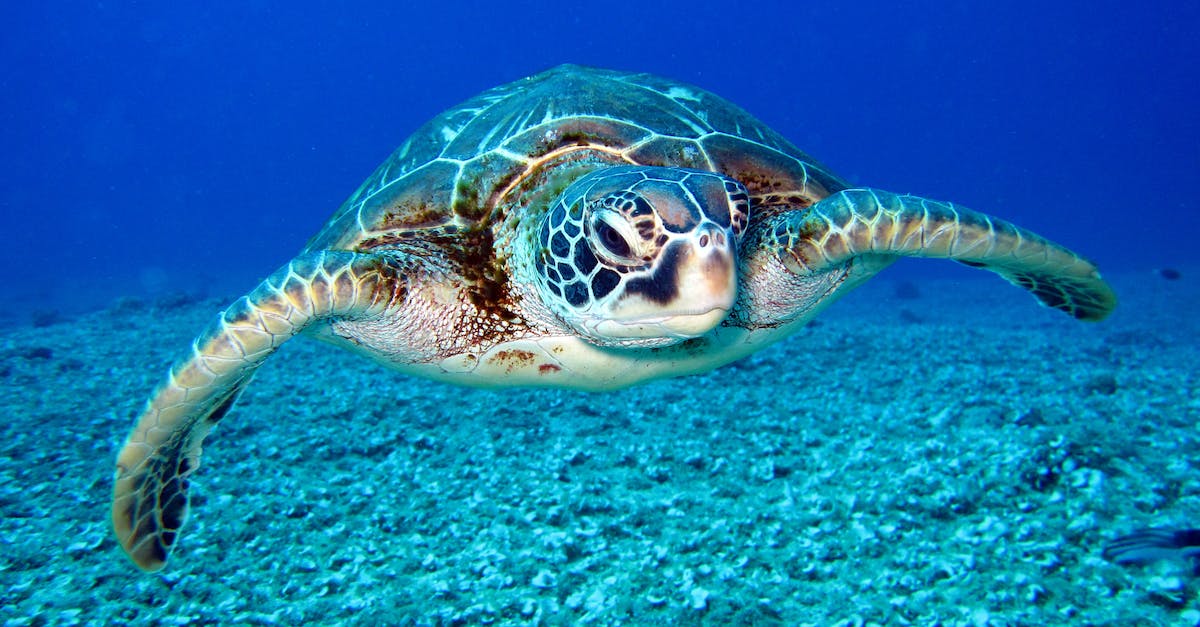
As we continue to encroach on and alter natural habitats, it’s essential to consider the future of the reptile species that call these areas home. Some may argue that reptiles serve little purpose in our world, but the truth is quite the opposite. Here are just a few potential uses of reptiles by humans:
- Medicinal value: Many cultures have used reptiles in medicinal remedies for centuries. For instance, the venom of the Gila monster has been used to treat diabetes, and the venom of the Copperhead snake has been used to treat arthritis. Scientific research is ongoing to discover even more potential benefits from these creatures.
- Ecological importance: Reptiles play a critical role in their ecosystems. Snakes, for example, help control rodent populations which can be carriers of disease. Additionally, their excretions help to fertilize soil.
- Food source: In many areas, reptiles are eaten as a regular part of the local diet. Learning how to prepare these animals can prove to be an excellent source of nutrition and protein.
- Recreational interest: Reptiles capture the imaginations of people young and old. Many people keep them as pets, and some even go so far as to breed them. There is also a growing tourism industry built around reptiles, such as reptile parks and zoos.
In conclusion, reptiles serve numerous functions in our world. It is crucial to recognize their importance and protect them in the face of habitat loss and other environmental threats.
The diverse ecosystem roles of reptiles
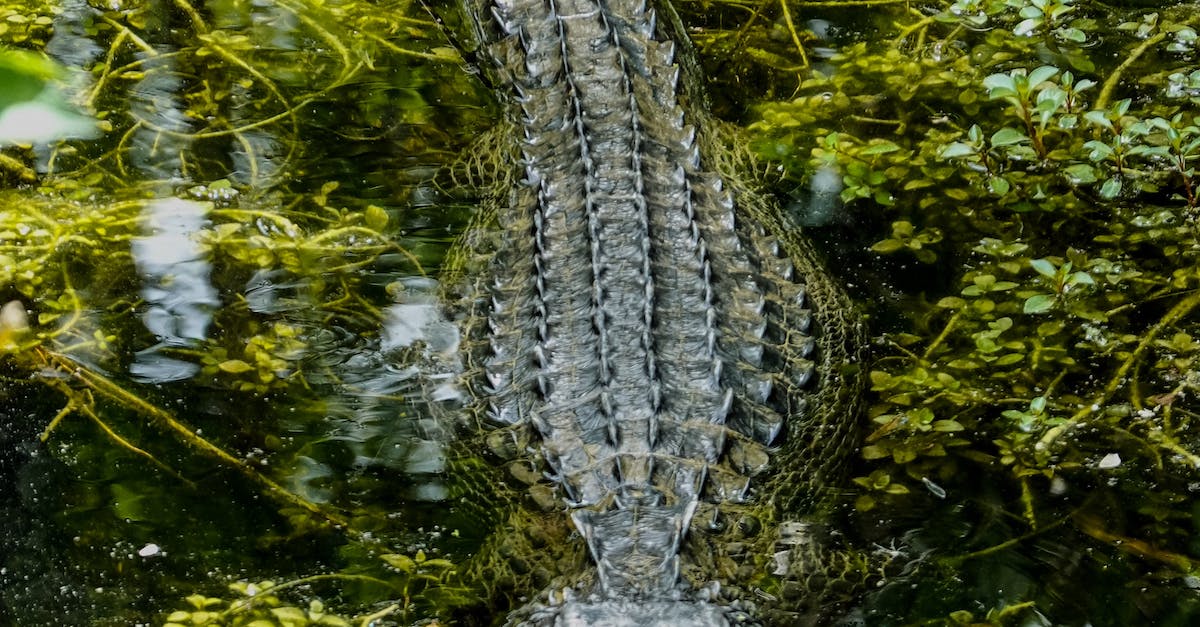
As we look towards the future, it is important to consider the role that reptiles will play in the diverse ecosystems they inhabit. These often-misunderstood creatures provide a variety of benefits and functions that are crucial to the health of their habitats.
1. Pest control: Many reptiles, such as snakes and lizards, are natural predators that keep populations of rodents, insects, and other pests in check. Without these reptiles, these populations would explode, causing damage to crops and spreading disease.
2. Seed dispersal: Some species of reptiles, such as certain species of iguanas and tortoises, play an important role in seed dispersal. They consume fruit and other plant material, digesting the flesh and leaving the seeds intact. These seeds are then spread further than they would have been if the reptile had not eaten them.
3. Environmental indicators: Reptiles are often sensitive to changes in their environment, and can serve as indicators of ecosystem health. For example, the disappearance of certain species of frogs can be an early warning sign of environmental pollution or other problems.
As we look to the future, it is important that we work to protect and preserve these important creatures and the roles they play in our world’s ecosystems. By doing so, we can ensure a vibrant and healthy planet for generations to come.
The impact of climate change on reptiles
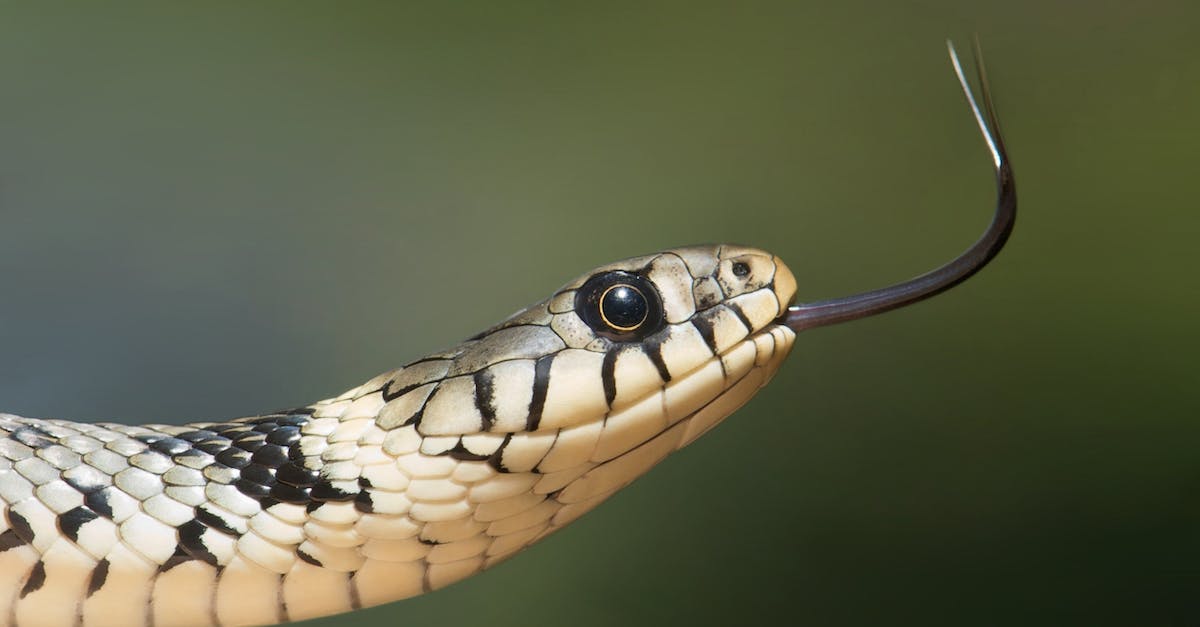
As we look to the future of our planet, it is important to consider the impact that climate change will have on all forms of life. Reptiles, in particular, are facing a number of challenges as temperatures rise and weather patterns change.
One of the main impacts of climate change on reptiles is the loss of habitat. As temperatures rise, many species are finding it more difficult to survive in their traditional ranges. This can lead to decreased populations, and in some cases, local extinction. For example, the range of the desert tortoise has already shifted, leaving many populations stranded in areas that are no longer suitable for their survival.
In addition to habitat loss, climate change can also affect food availability for reptiles. As weather patterns change, ecosystems can be disrupted, leading to declines in prey populations. This can have a ripple effect throughout the food chain, impacting other species as well. For example, climate change-induced declines in insect populations could have serious consequences for lizards and other insectivorous reptiles.
Another impact of climate change on reptiles is increased disease risk. As temperatures rise, many diseases that were once limited to warmer climates are now spreading into new areas. This can affect both reptiles and the animals they interact with, leading to declines in populations and changes in ecosystem dynamics.
Finally, climate change can also lead to changes in behavior for reptiles. As temperatures and weather patterns shift, many species are altering their activity patterns in response. For example, some species of turtle are emerging from hibernation earlier in the spring, while others are delaying their egg-laying in response to changing temperatures.
Overall, the future of reptiles is uncertain in the face of climate change. However, by understanding the impacts that climate change is having on these species, we can work to mitigate these effects and protect these important members of our ecosystem.
- Key takeaway: Climate change is having a number of negative impacts on reptiles, including habitat loss, food availability changes, increased disease risk, and altered behavior patterns.
The need for education and advocacy to protect reptiles
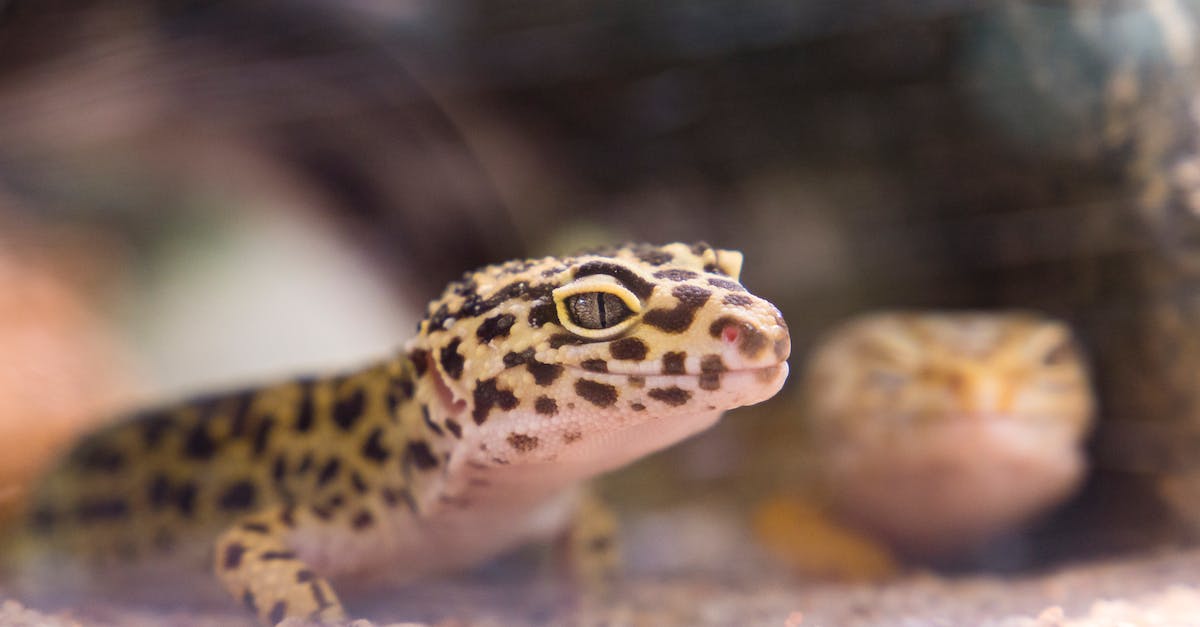
Reptiles have been around for millions of years, surviving through various changes in the environment. However, modern threats such as habitat loss, climate change, hunting and trafficking, and diseases are putting many species of reptiles in danger. As humans, it is our responsibility to take action to protect them.
Education and advocacy play key roles in the protection of reptiles. Here are a few reasons why:
- Understanding their importance: Many people view reptiles as scary creatures that they want to avoid. However, reptiles play crucial ecological roles such as controlling insect populations and serving as prey for larger animals. Educating people about the importance of reptiles in the ecosystem can change their perspective and increase the likelihood of conservation efforts.
- Reducing human-reptile conflict: Some reptiles like snakes are often viewed as threats to humans and are killed out of fear. However, education can help people understand that snakes are beneficial to the environment and that there are ways to safely coexist with them.
- Encouraging responsible pet ownership: Many reptiles are bought as pets and some end up being released into the wild. This can introduce invasive species into new environments and disrupt the ecosystem. Education on the risks and responsibilities of owning a reptile could reduce the number of abandoned pets.
- Pushing for stronger laws and policies: Advocacy can lead to stronger laws and policies that protect reptiles and their habitats. This includes regulating hunting and trafficking, enforcing habitat protection, and mandating safe handling of captive reptiles.
- Collaboration with scientists and researchers: Cooperation between the public and scientists can aid conservation efforts. Citizen science projects such as reptile monitoring programs can provide valuable data for researchers to assess the state of reptile populations and habitats.
In conclusion, education and advocacy are crucial for protecting reptiles and their habitats. By raising awareness of their importance in the ecosystem, reducing human-reptile conflict, encouraging responsible pet ownership, boosting policy support, and collaborating with scientists, we can help ensure a better future for reptiles.
Innovative solutions for reptile conservation

As we continue to face threats to our environment and the habitats of many different species, it’s imperative that we consider innovative solutions for reptile conservation. These cold-blooded creatures play a vital role in our ecosystems, controlling populations of insects and other small animals. Here are six innovative solutions that show promise for preserving these unique and fascinating creatures:
- AI-based Monitoring Systems: One method for reptile conservation involves the use of artificial intelligence (AI). By deploying camera traps or other monitoring systems, we can use AI to detect and track the movements of reptiles in their habitats. This can help conservationists better understand how reptile populations are faring, and where efforts should be concentrated to protect them.
- Habitat Restoration: Reptiles rely on particular habitats to survive, and many species are endangered because of habitat loss. Restoring habitats that have been degraded or destroyed can go a long way toward providing a home for struggling reptile populations.
- Community-Based Conservation: It’s critical to engage and educate communities that coexist with reptiles. Community-based conservation programs can help prevent habitat destruction, promote responsible pet ownership, and reduce the illegal wildlife trade.
- Innovative Breeding Programs: With innovative breeding programs, we can protect endangered reptiles by establishing captive populations that can be reintroduced to the wild. These programs ensure the conservation of genetic diversity, even as we work to restore and protect natural habitats.
- Science and Research: Continuing research and scientific studies are vital to finding innovative solutions for reptile conservation. This research can help conserve reptiles’ natural habitats and establish a better understanding and management of the species.
- The Use of Tracking Devices: Tracking devices help conservationists keep tabs on reptiles’ movements, migration patterns, and health. Researchers can use the data from these devices to inform conservation work and assist in establishing better population management practices.
Overall, innovative solutions that utilize technology, encourage community engagement, and support breeding and habitat conservation programs will go a long way toward ensuring the future survival of reptiles. Conservation efforts that combine these initiatives provide a comprehensive approach to addressing the complexities of reptile conservation, providing hope for these vital species.
Conclusion
And so, as we near the end of our journey through the world of reptiles, we must ask ourselves – what does the future hold for these magnificent creatures? It seems that the answer to that question may lie in our own hands. With habitat destruction, climate change, and human interference all threatening the fragile ecosystems that support reptile populations, it is more important than ever that we take action to protect these vital creatures.
But fear not, dear reader! There is hope yet. Conservation efforts are underway all around the world, and we are starting to see positive results. From species reintroduction programs to habitat restoration initiatives, it is clear that humans are capable of making a positive impact on the reptilian world.
So let us all commit ourselves to the protection and preservation of these fascinating creatures. As David Attenborough once said, “The natural world is the greatest source of excitement; the greatest source of visual beauty; the greatest source of intellectual interest. It is the greatest source of so much in life that makes life worth living.”

